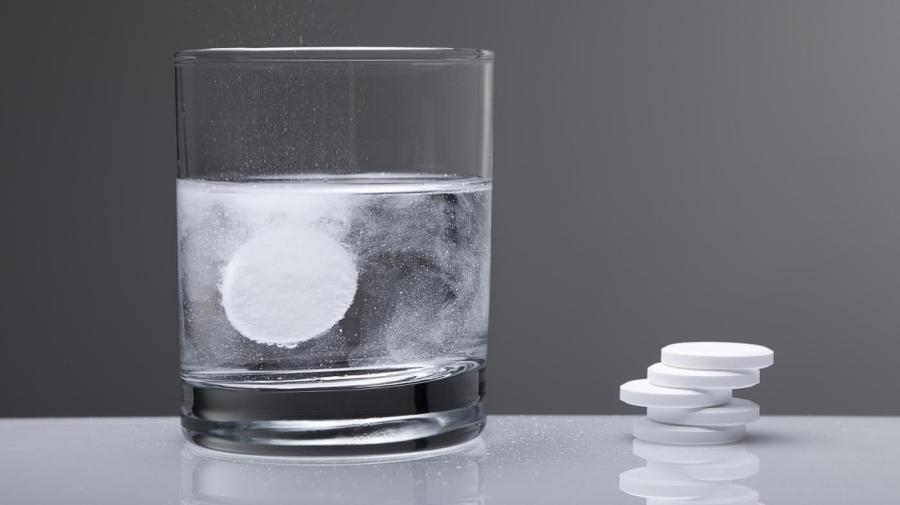What Is the Difference Between a Solution and a Suspension?

A solution is a mixture featuring solutes that have been dissolved, while a suspension is a mixture of liquids also containing solid particles that may not completely dissolve inside the liquid. Materials that dissolve in liquids are considered soluble. When no more solute dissolves in a particular solvent while temperature remains the same, the solution is considered to be saturated.
The strict definition of a solution involves molecular groups that have mixed completely within a distribution that is even. Consider sugar in water: when one stirs the water, the sugar dissolves completely and spreads evenly through the entire container of water. This is the essence of a solution, although the solute-solvent relationship does not have to be liquid to gas. The air in Earth’s atmosphere is a solution of all of the gases that have blended together evenly to produce what people breathe. It is also possible to dissolve a gas in liquid, as one sees in carbonated beverages. The carbon dioxide gas has been dissolved in the soda, making a solution. It is even possible to dissolve a gas in a solid, as hydrogen inside palladium metal.
A good comparison for a suspension is sand in water. No matter how long one stirs, the water is not going to dissolve the sand. While stirring, the sand floats in the water, but it never dissolves; instead, it ultimately settles to the bottom of the container — the sign of a suspension.





